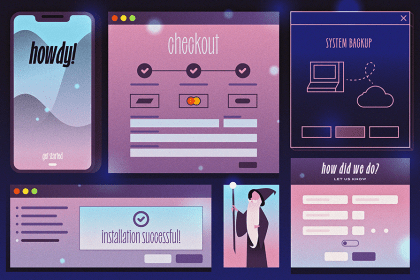
This comprehensive guide to understanding the wizard UI is your all-in-one resource for creating wizard UIs that are truly helpful.
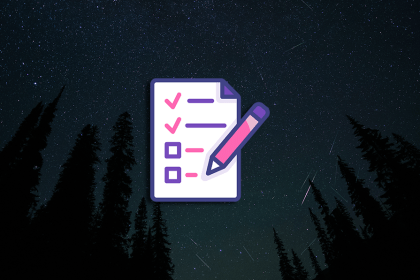
Style guides are documents that record all the essential elements of your design: the choice of colors, fonts, typography, buttons, and more.
In this article about UI navigation, we’ll break down every common menu icon and why they’re useful — hidden or not.
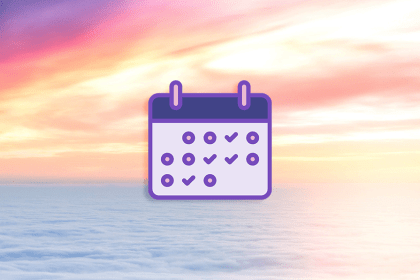
If you’re searching for your next conference, we’ve got you covered. Here’s a constantly updated list of 2024 UX conferences worth attending.
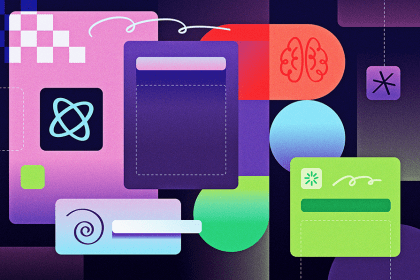
Figma has developed its own AI tools, including one for its FigJam whiteboard called Jambot, a community widget that can revamp old designs.
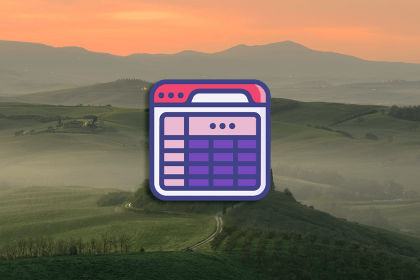
As designers, we must think about how data will be displayed in tables, including the relevance of rows and columns and what is customizable.
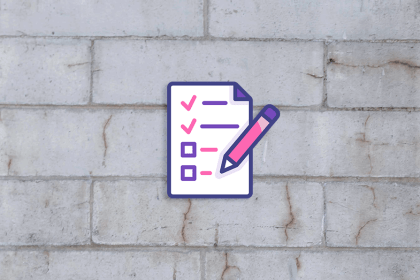
From designing a simple list to a multiline list, there are many factors to consider that make lists accessible and visually appealing.
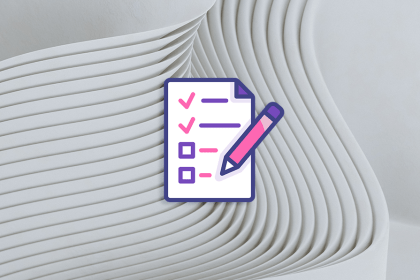
These best practices and guidelines for filtering in mobile phones will help you design filters for mobile apps easily.
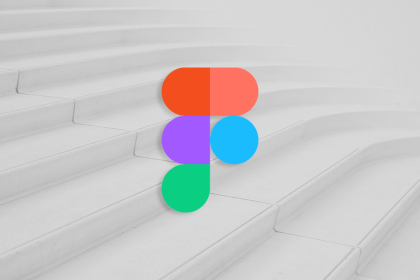
Stepper inputs are important for making sure people can use websites and apps easily. Discover how to make one in Figma.
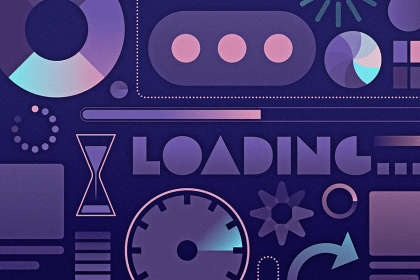
Loading spinners have an important role in improving user experience. Here’s how these indicators contribute to smoother online interaction.
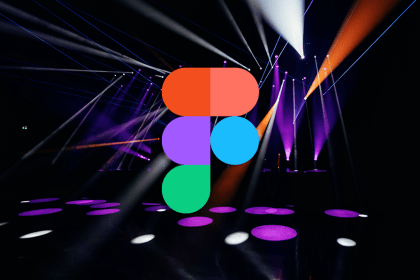
In the design world, creating effective presentations is crucial. Here’s how to create stunning presentations in Figma.
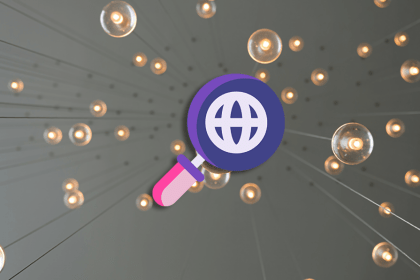
Learn the concept of onboarding, the types there are, and its architecture as well as how to create an onboarding experience in B2B contexts.